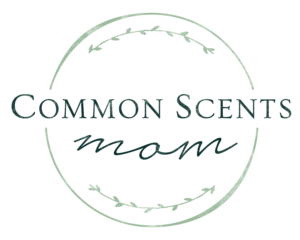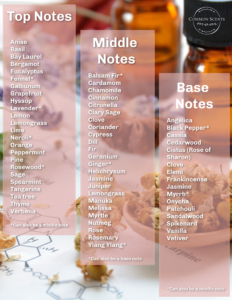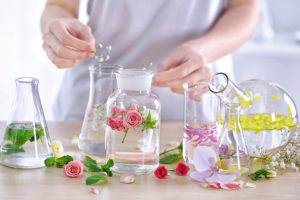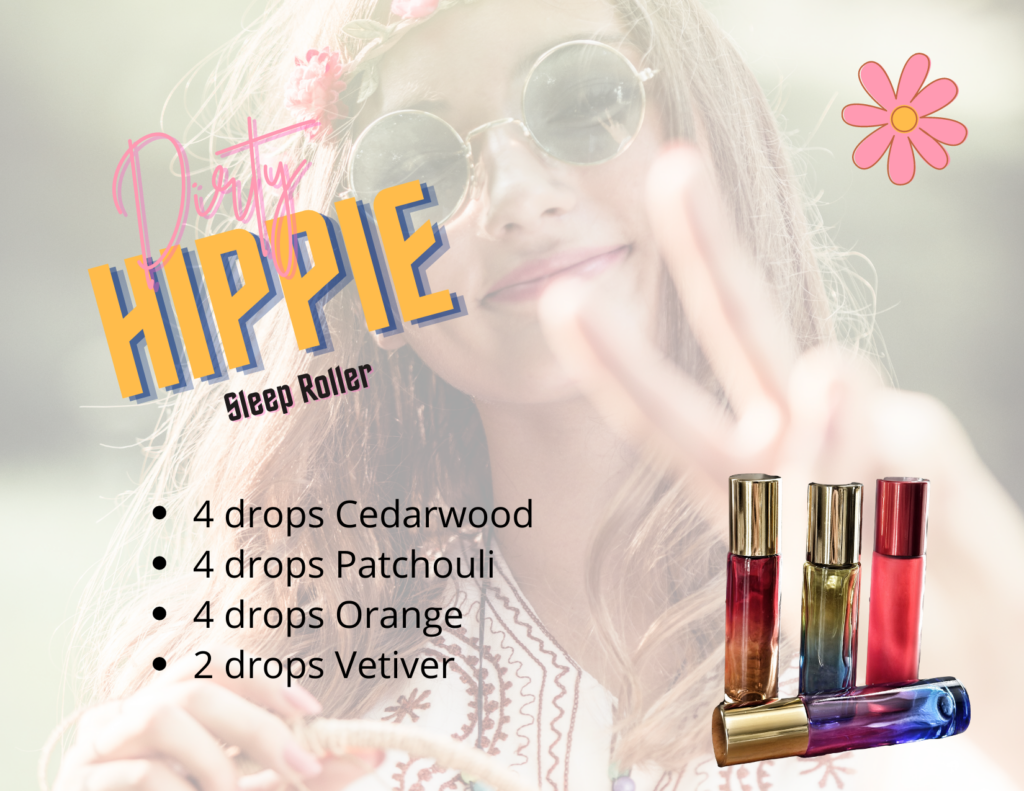When our family began to purge our home of toxic chemicals, one thing I dearly missed using was my perfume collection!
My husband used to travel the world on business. And, when he did, he would bring home all sorts of exotic perfumes for me. Encased in ornate bottles, I would display them on a mirrored tray in our bedroom.
Read EWG’s report, Not So Sexy: The Health Risks of Secret Chemicals in Fragrance HERE
There was a time in history when all perfumes were made with essential oils. The Bible even talks about the ancient art of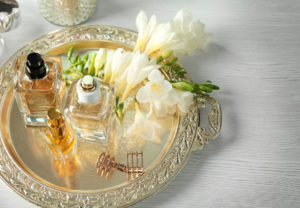 the perfumer! But today’s colognes and perfumes have very little resemblance to the intoxicating scents of times past when nearly all ingredients were obtained from natural botanical and animal sources. Big business has caused providers to load perfumes with all sorts of chemical extenders and synthetic fragrances.
the perfumer! But today’s colognes and perfumes have very little resemblance to the intoxicating scents of times past when nearly all ingredients were obtained from natural botanical and animal sources. Big business has caused providers to load perfumes with all sorts of chemical extenders and synthetic fragrances.
“The average fragrance product tested contained 14 secret chemicals not listed on the label,” reports EWG, which analyzed the Campaign’s data. “Among them are chemicals associated with hormone disruption and allergic reactions, and many substances that have not been assessed for safety in personal care products.” The Scent of Danger
So the more I learned about the way our skin absorbs everything we put on it, getting into the blood stream and wreaking havoc upon our health and hormones, the more I desired to get my hands on the “real stuff.” Thankfully, I found out I could make my own perfume, which is not only healthier and less expensive, it also smells better than the fake synthetic scents I had gotten used to. Ever since I “detoxed” my life, I can’t stand the smell of “synthetic,” and I can detect it a mile away!
Perfuming Basics
Have you heard people talk about “notes” in perfuming? Perfume notes are separated into three classes: top (head) notes, middle (heart) notes, and base notes. This all refers to how long it takes to detect the different scents after applying them.
Top Notes (Head or Peak Notes)
Top notes consist of lighter molecules that evaporate quickly. Generally, it’s the first impression you have of a perfume, and may be what forms your immediate opinion of it. It’s the most volatile and usually comes across as sharp and fresh, but doesn’t last long!
Top Note Examples: Lemon, lime, tangerine, grapefruit, bergamot, ginger, peppermint, hyssop, basil, sage, thyme, tea tree, spearmint, lemongrass.
Middle Notes (Bouquet or Heart Notes)
The middle note is the main body of the perfume and it’s what you begin to smell just as the top note fades from notice. It’s what tones down the often strong scent of the top note and gives your perfume character. The middle notes harmonize the top and base notes and can take just minutes to detect.
Middle Note Examples: Geranium, rose, lemongrass, ylang ylang, lavender, coriander, nutmeg, neroli, black pepper, cinnamon, rosemary, cardamom, ginger, balsam fir, myrtle, juniper, cypress, clary sage, chamomile, and jasmine.
Base Notes (Dry or Fond Notes)
Base notes bring complexity to your perfume. They consist of larger, heavier molecules that are viscous and evaporate more slowly (not as volatile). They tend to be thicker and sometimes sticky.
These warm scents are typically rich and deep, providing a more intense, sultry aroma. Base notes may not be detected until 30 minutes after applying, but will linger for a longer time, making them great fixatives. The base and middle notes together are what make up the fabric of the perfume.
Most woods, resins, and roots are base notes.
Spikenard, Vetiver, and Patchouli are intense, so you may want to use them more sparingly.
Base Note Examples: Myrrh, vetiver, elemi, frankincense, cedarwood, sandalwood, cistus (Rose of Sharon), cassia, clove, spikenard, onycha, jasmine, and patchouli.
Notice, the infamous adulterous woman in Proverbs chose all base notes to perfume her bed!
“I have perfumed my bed with myrrh, aloes, and cinnamon.” Proverbs 7:17
Fixatives
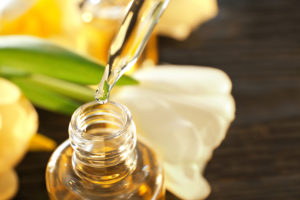 You’ll notice that pure essential oils don’t last long on the skin the same way fake/toxic fragrances do, so it’s important to incorporate into your perfume an essential oil that makes a good natural fixative. This is especially important, since animal fixatives, which were what ancient perfumes used are costly, rare, unavailable, or may even be illegally or unethically obtained.
You’ll notice that pure essential oils don’t last long on the skin the same way fake/toxic fragrances do, so it’s important to incorporate into your perfume an essential oil that makes a good natural fixative. This is especially important, since animal fixatives, which were what ancient perfumes used are costly, rare, unavailable, or may even be illegally or unethically obtained.
Today, modern perfumers use much cheaper, synthetic materials that help perfumes to last an abnormally long time, and also happen to be toxic.
For our all-natural perfumes, we use the more viscous, base note essential oils as natural “fixatives” in perfuming, which will slow down the evaporation of the more volatile oils. Base note oils help to hold the perfume together and extend the overall scent of the perfume.
Recipes
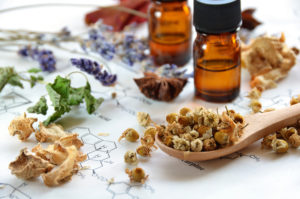 When starting out, I recommend trying a simple 3,2,1 rule. Three parts top note, two parts middle note, and one part for the base note. The reason the base note is proportionately lower is it’s tendency to “take over” the blend. This is especially true if the top and middle notes are delicate.
When starting out, I recommend trying a simple 3,2,1 rule. Three parts top note, two parts middle note, and one part for the base note. The reason the base note is proportionately lower is it’s tendency to “take over” the blend. This is especially true if the top and middle notes are delicate.
That being said, my favorite perfumes are almost always base note heavy. I really like the deeper, more exotic scents!
Try experimenting with the following different formulas. Choose oils from each category and don’t forget to write everything down in an aroma journal as you go:
Fresh and Uplifting
Top Note: 6 drops
Middle Note: 4 drops
Base Note: 2 drops
Exotic and Mysterious
Top Note: 2
Middle Note: 4
Base Note: 6
Note: Some top and base notes can also be used as middle notes.
You could also simply start with 1 part of each (33.3%) and then experiment from there. Remember, there are no hard and fast rules. Just like cooking, painting, or writing music, there are numerous combinations you can use to create a work of art! Be creative and use your imagination!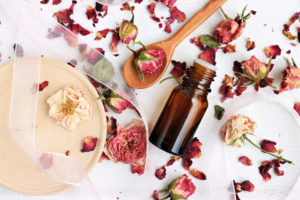
This first recipe is an example of a base note-heavy perfume that works great, so again, don’t get too worried about ratios.
This recipe was actually created by my daughter, Abigail. She made it as a gift for my husband for Father’s Day a number of years back; but I loved it so much, I started wearing it too! It smells different on my husband than it does on me because of our different body chemistries, so instead of our colognes clashing, they blend together nicely. Just like us.
bergamot 2 drops
ylang ylang 4 drops
clary sage 7 drops
patchouli 2 drops
cedarwood 10 drops
You can use your perfumes neat (undiluted) or mixed with a carrier. However, if you choose to dilute your perfume, allow the oils to blend or “marry” first (preferably for a week or two) in a dark glass bottle before diluting.
For a spray on cologne, add 1-2 oz. grain alcohol (vodka or other 100 proof alcohol). Alcohol won’t allow bacteria to grow and evaporates much faster than water on the skin.
For a more intense diluted “parfume”, leave out the water and alcohol and only add a 1-2 oz. carrier oil like sweet almond or jojoba oil. Store in a dark glass perfume bottle with or without a roller ball. The fatty oil (carrier) will keep the perfume from absorbing into the skin too fast, making the scent last longer.
Have fun making some of my favorite perfumes! There are plenty of beautiful perfume bottles available online, so you can make all sorts of yummy gifts for your family and friends, all while promoting their health, instead of compromising it!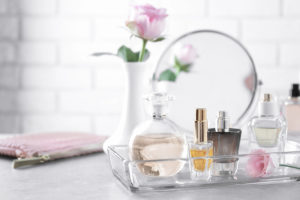
Store your perfume in a dark glass bottle in a dark place for two weeks to blend and intensify the scent. A roll on bottle works well for these perfumes, but if you want to make them into a spray, leave out the carrier oil and use grain alcohol (Everclear) and water instead and store in a 2 oz. glass spray bottle.
“Oil and perfume make the heart glad, and the sweetness of a friend comes from his earnest counsel.” Proverbs 27:9
Try blending more sweet almond oil to any of your essential oil-based perfumes to create a dreamy massage oil. But be careful about applying citrus oils to the skin before going out in the sun, since citrus oils can cause photosensitivity (a bad sun burn).
Feel free to experiment! Perfuming is fun! But, as you experiment, don’t forget to keep a journal detailing how many drops of each oil you’re using. Trust me, it’s frustrating to get “just the right” scent, only to discover that you can’t remember the recipe!
REMEMBER: The perfume you wear actually enters your body system, so I only recommend health-promoting Young Living Essential Oils. Many chemicals and lower quality oils can actually be toxic. See: Safe or Toxic? How Much Do You Know about Essential Oils?
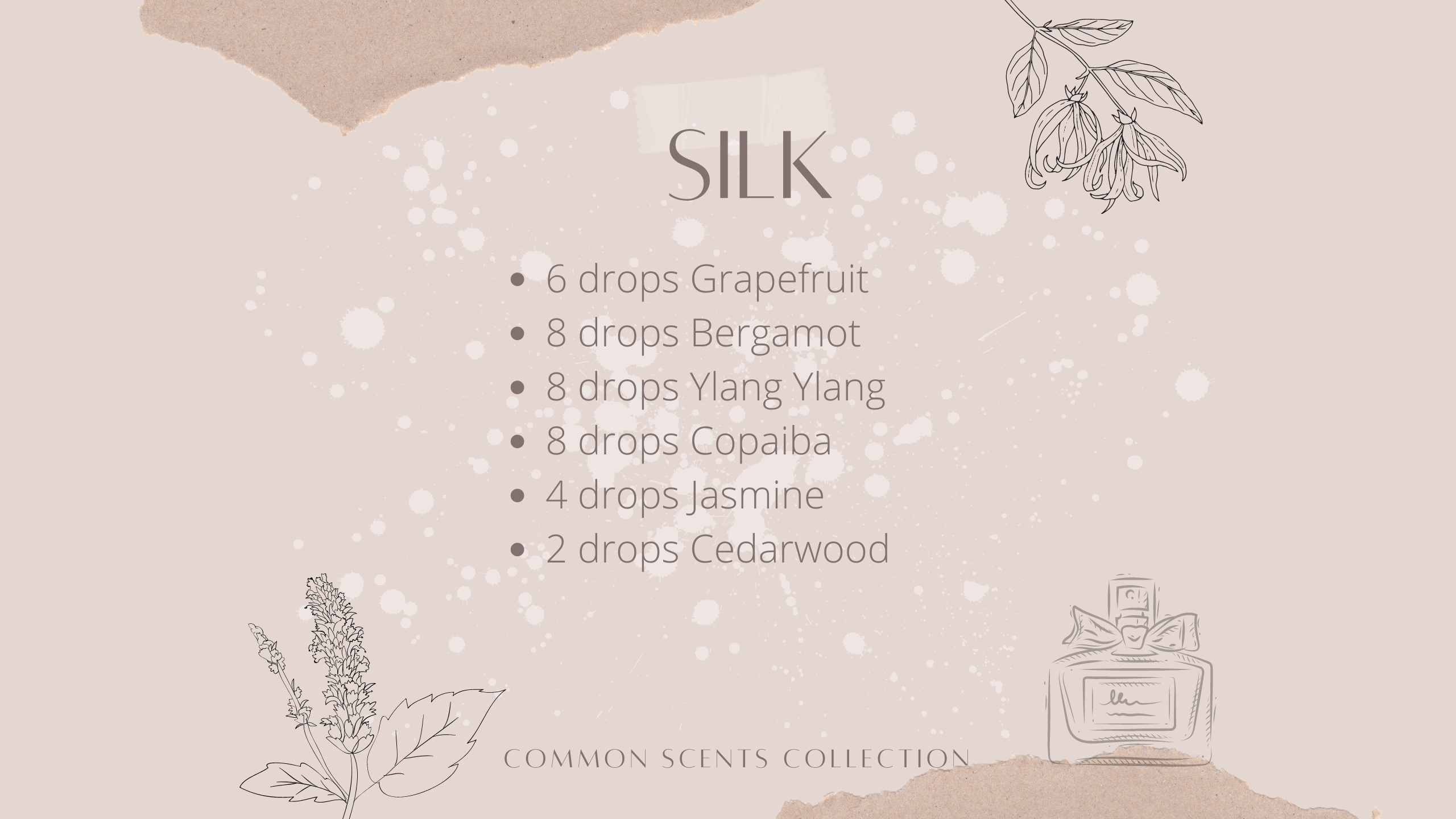
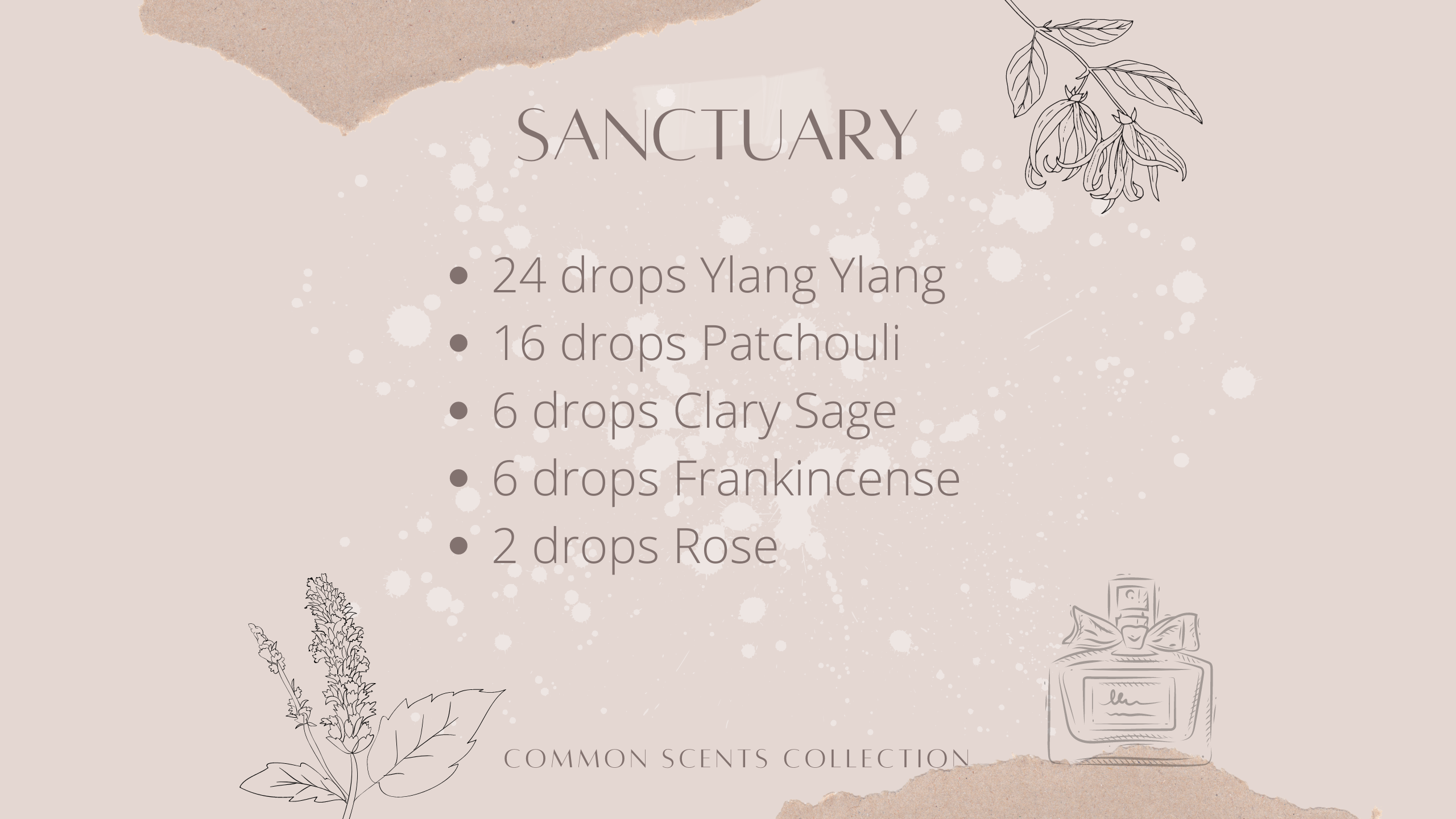
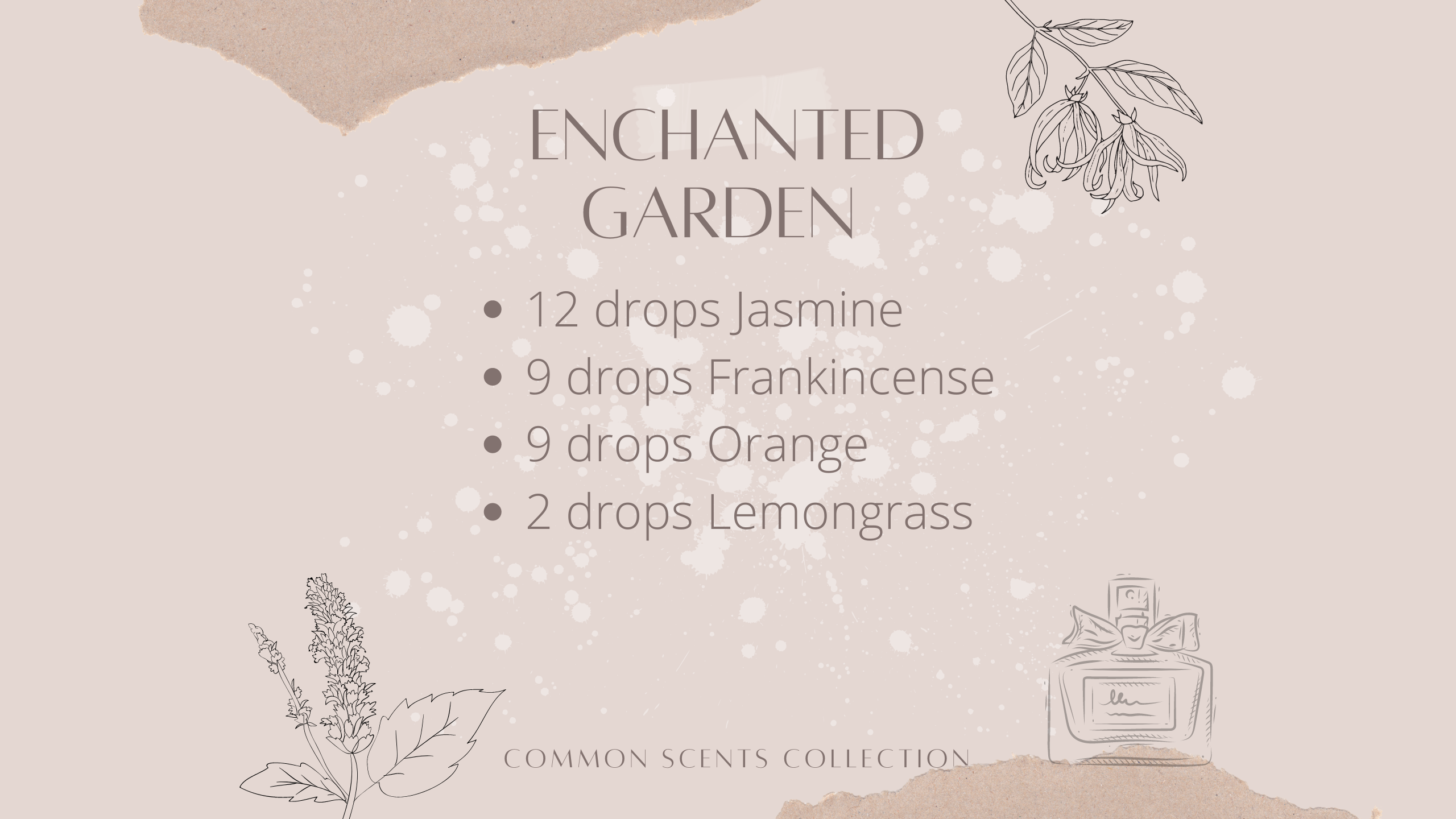
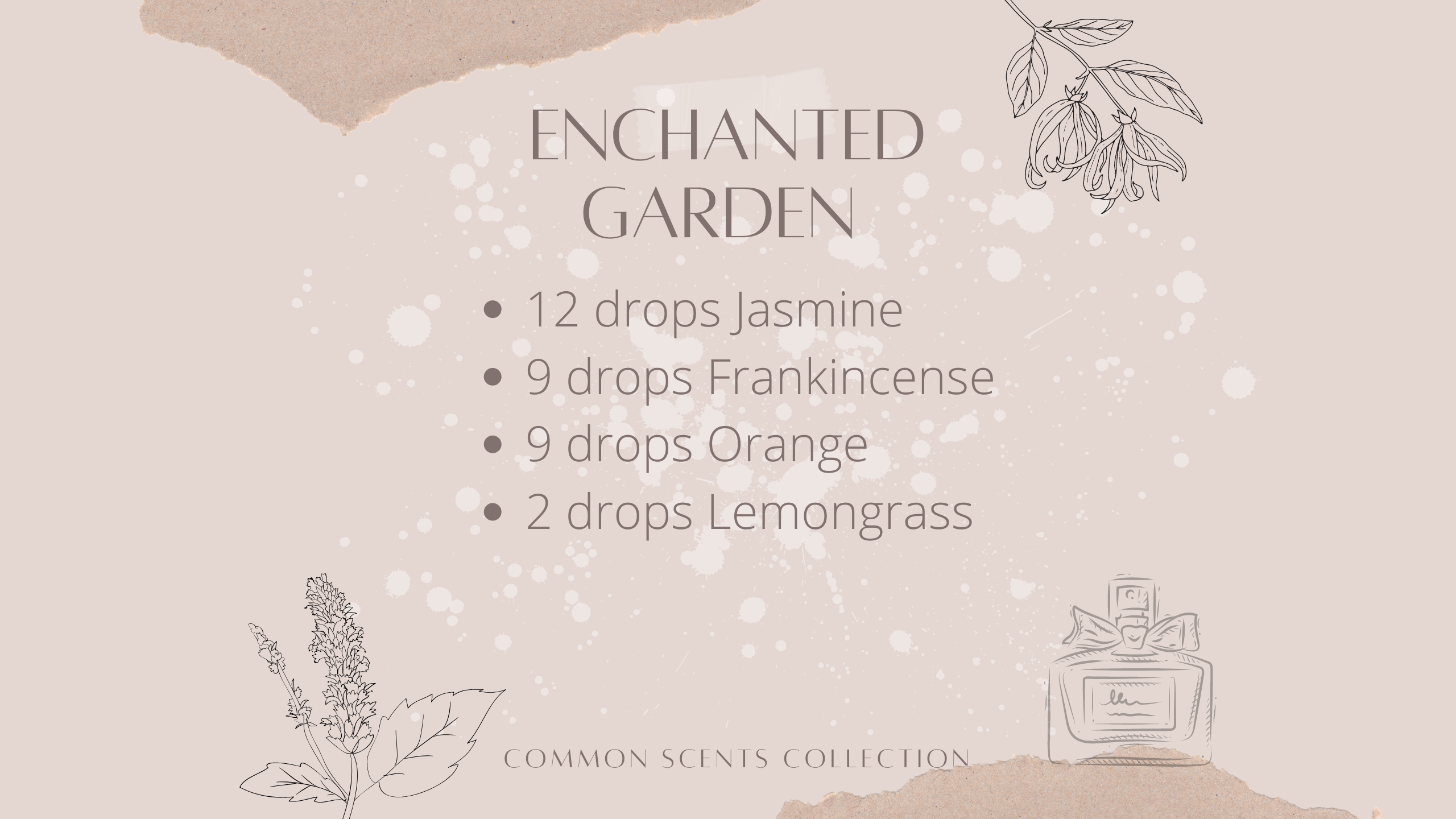
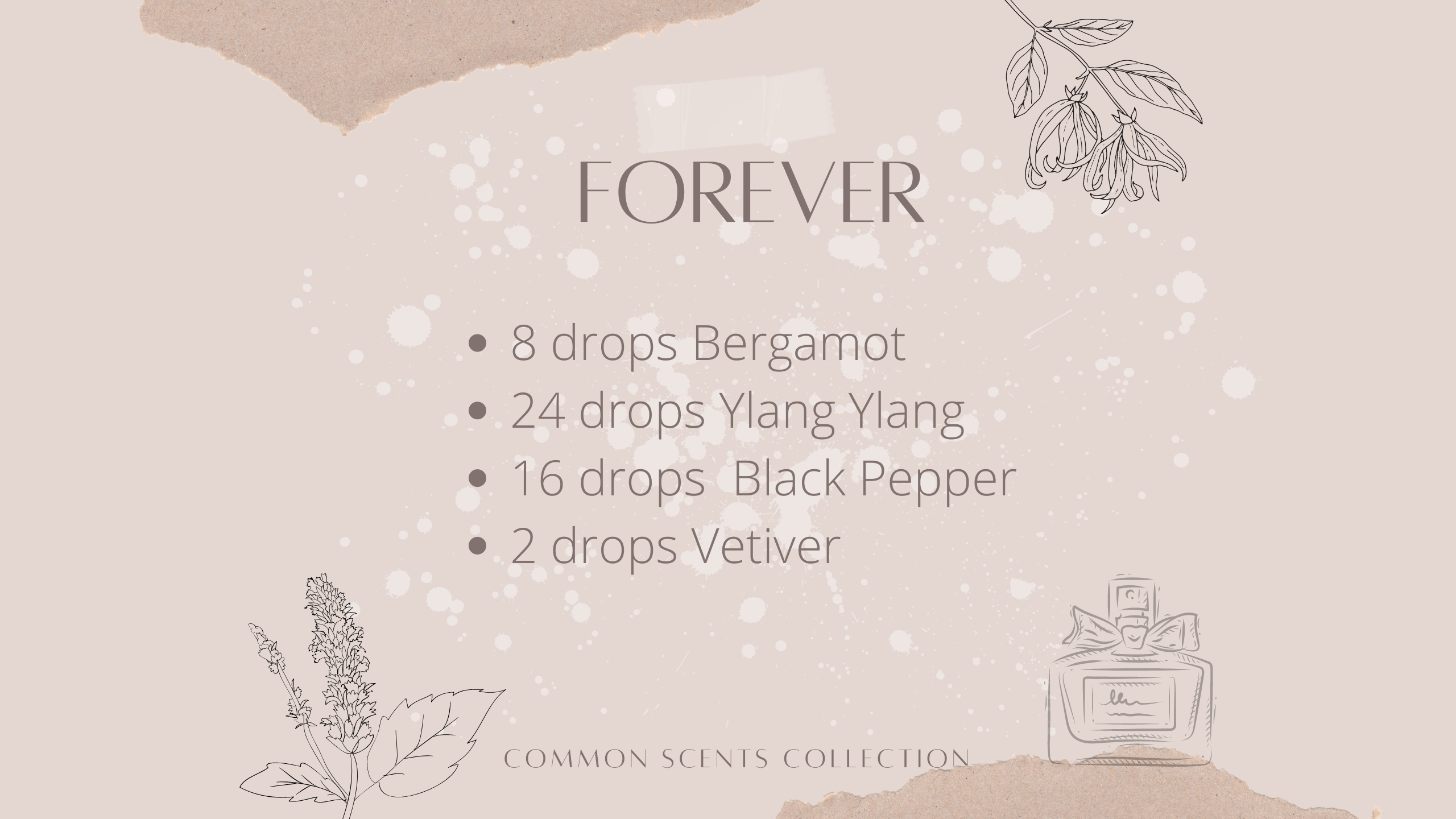
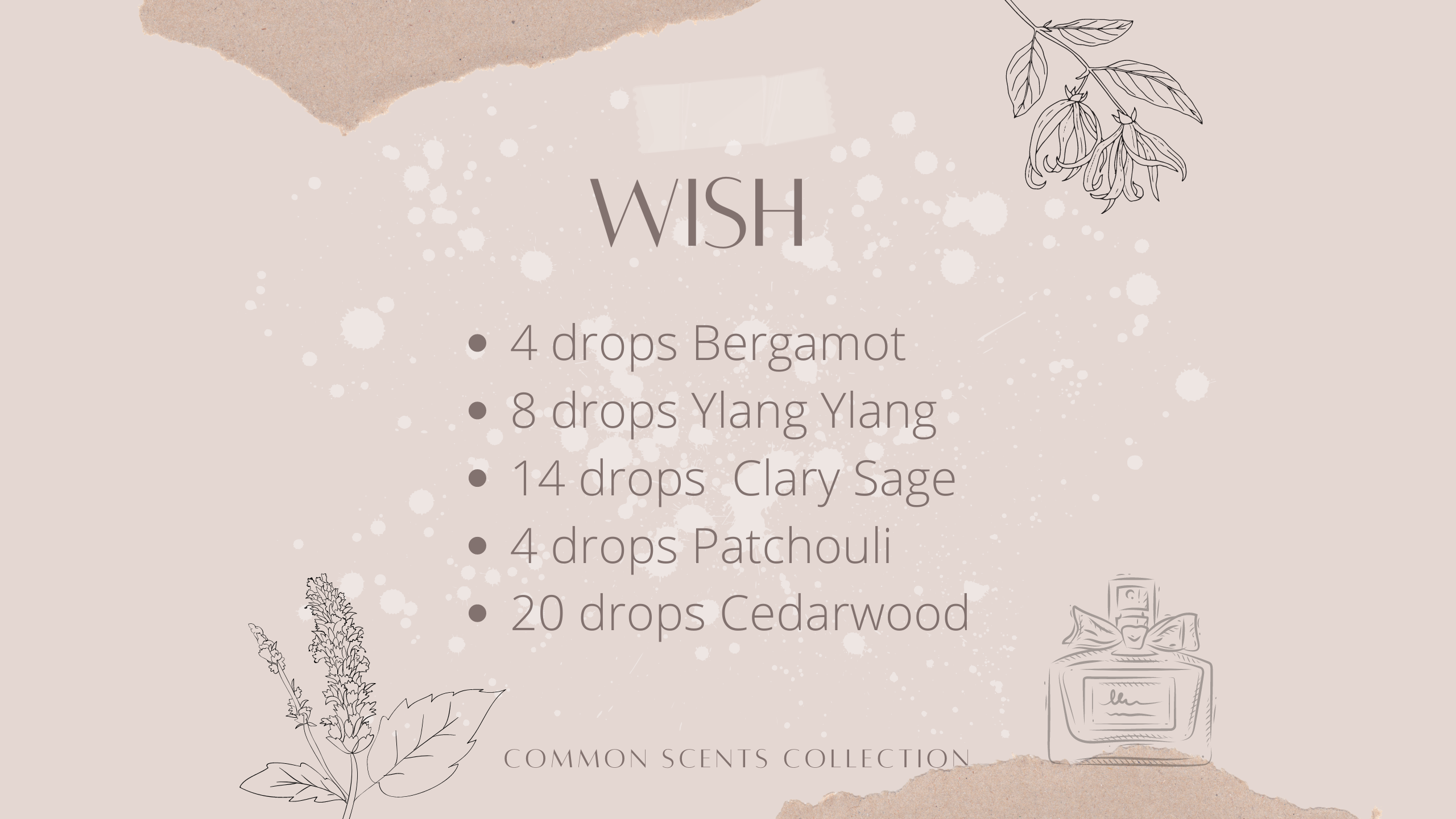
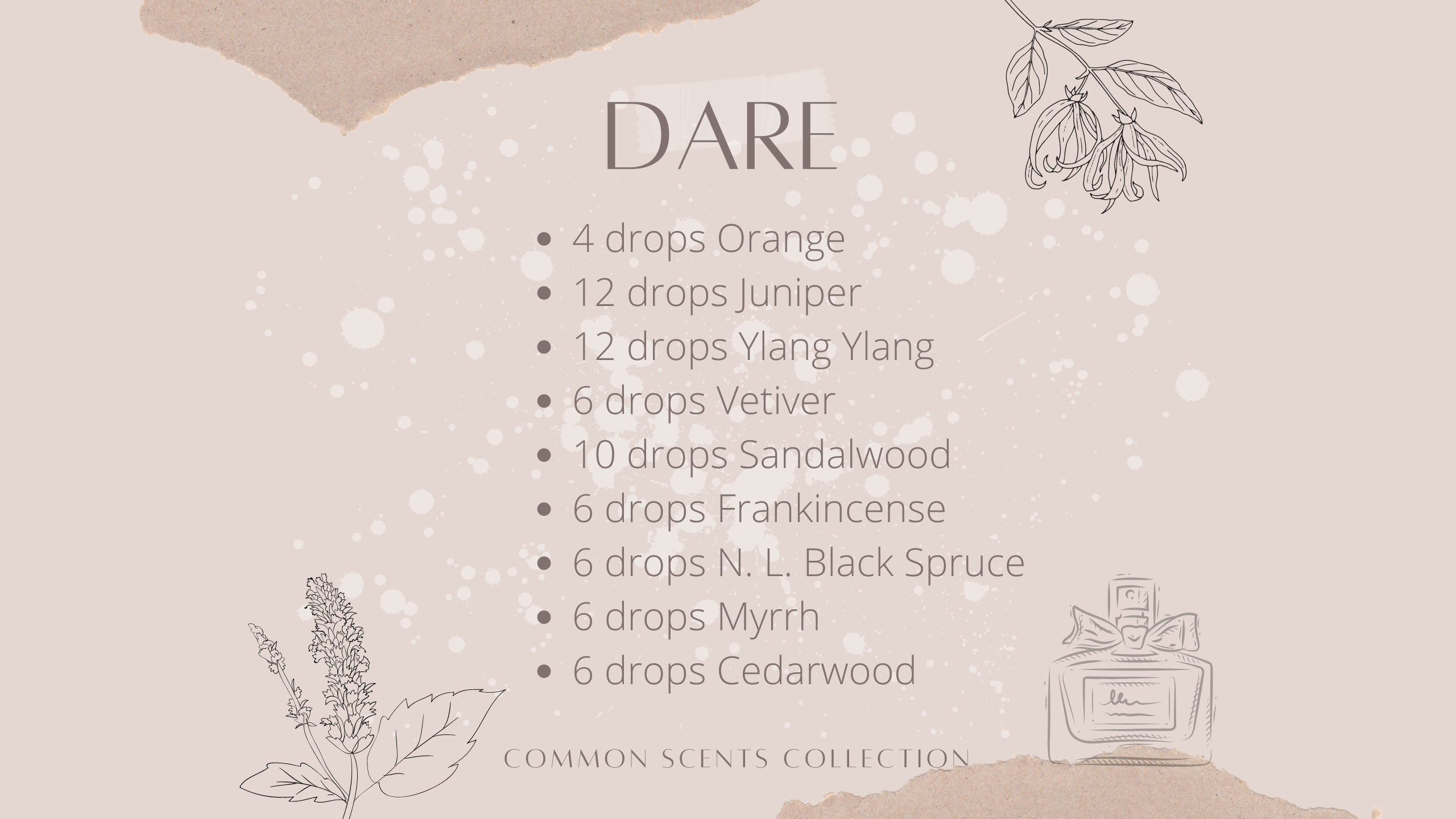
And here’s a fun, easy roller to make for your teen (or yourself)! And feel free to download the recipe card below for free! Print on Avery 8387.
